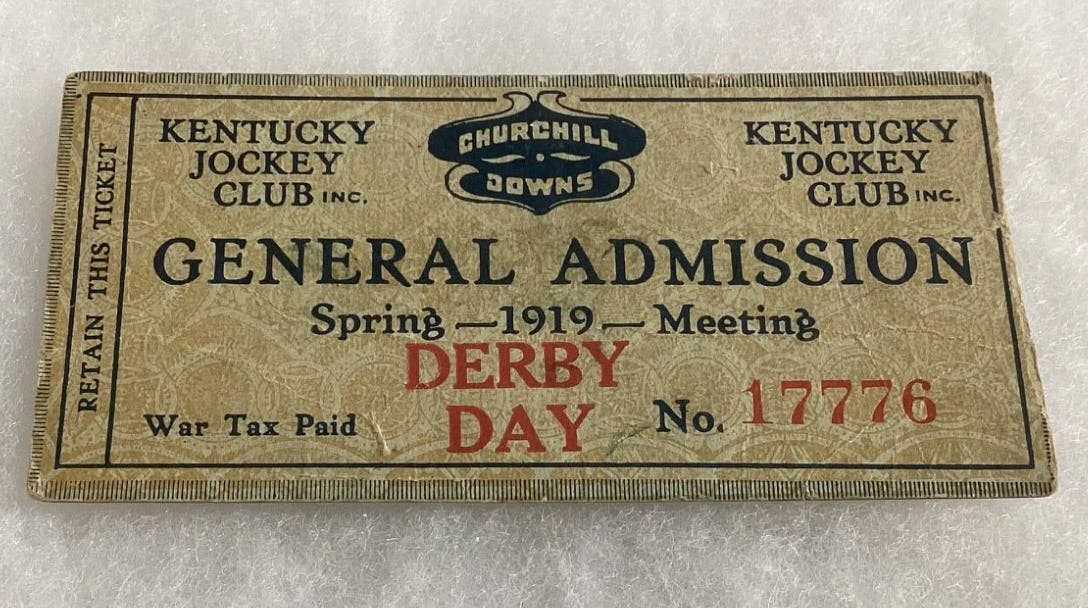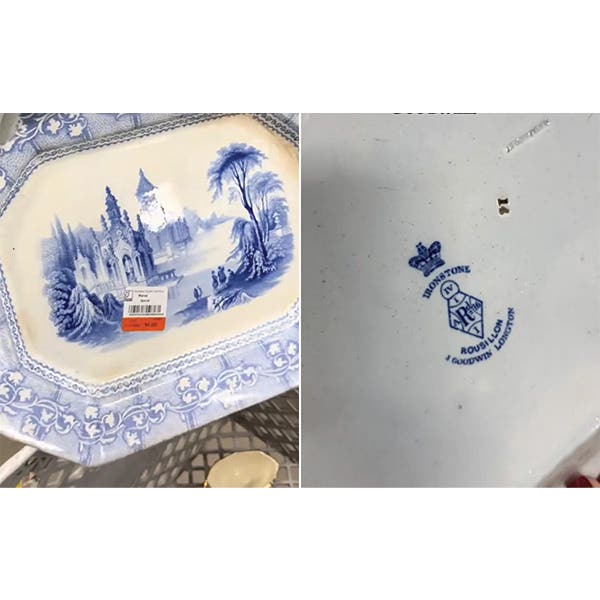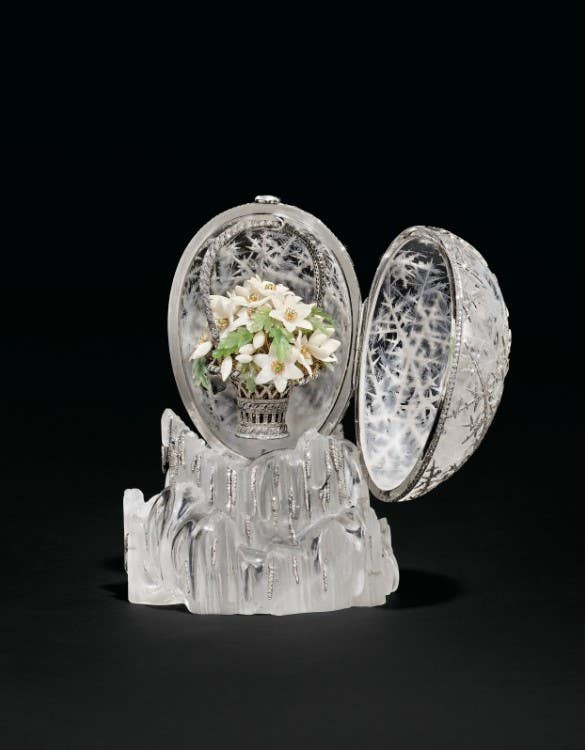300-Year-Old Playing Card Provides Glimpse into the Past
Renovations at a historic dockyard in England turned up an antique playing card with a story of its own.
The Historic Chatham Dockyard in Kent, England, was once a working dockyard but is now a museum complex. Restoration work on the dockyard's Commissioner’s House, a mansion originally built in 1704, recently uncovered something surprising: an antique playing card underneath the floorboards.
The card was worn and distorted, but the Jack of Spades was still visible. The dockyard’s Collections Team contacted the Worshipful Company of Playing Card Makers, a company with its roots in the 1300s. Not only do they still make playing cards, but they also have an extensive archive of historical information. The Worshipful Company dated the card to about 1725-1750.
According to the Historic Dockyard, playing cards at that time were made with multiple layers of woodblock prints. The black outline was printed first, then each color as a separate layer. The dockyard points out that the red portions of the card’s design are “slightly out of line with the black,” evidence of this printing method.
Dockyard staff could tell that this card probably didn’t fall between cracks in the floor in the immediate aftermath of a game. It had the edges trimmed and corners cut, and investigation under a microscope revealed traces of tiny feathers along the top. This indicates it was repurposed as a tool. Speaking to the BBC, conservator Alexandra Wade suggested it was used as a brush.
The card isn’t just a card anymore; it’s a reminder of a time when something as small and simple as a piece of paper was too valuable to throw away. Even today, in the age of disposable materials and instant convenience, most of us know what it’s like to reuse a convenient scrap or improvise a makeshift tool for a quick job. The tiny, well-worn card, already repurposed once, finds yet another life as a bridge through time, crossing 300 years.
Inspired by the card, the Historic Dockyard intends to create a time capsule to leave in the Commissioner’s House for future discovery. The capsule will include a deck of cards designed by visitors.
You may also like:








